St Andrews University has been awarded £2 million to develop green hydrogen technologies at its Guardbridge site.
The former Curtis Fine Papers base has been transformed into an innovation centre and is now known as the university’s Eden Campus.
And plans to create a green hydrogen accelerator there have now been unveiled.
It will provide a dedicated space for world-leading research into producing hydrogen from water and its use in energy storage and chemicals production.
The university has submitted a planning application to Fife Council for the facility.
If approved, it will consist of an innovation hall, laboratory space and a fenced compound housing a large-scale electrolyser.
And the 1,300 square feet facility will form part of a wider £13m project.
Looking for ways to combat climate crisis
It is hailed as the next major step in the university’s vision for it Guardbridge campus.
The aim is to create a “living lab for innovation” and create next generation low carbon technologies.
And the £2m grant from the Wolfson Foundation is seen as a seal of approval for the quality of the pioneering research ongoing at St Andrews.
The foundation is a charity which promotes excellence in education, science and medicine.
St Andrews University Quaestor and Factor Derek Watson said: “Now, more than ever, the world is looking for ways in which to combat the climate crisis.
“And our researchers at St Andrews are showing how hydrogen can be part of the solution to that challenge.”
St Andrews University doing ‘ground-breaking’ research
Dr Paul Wedd, whose work, known as Power X, said the green hydrogen accelerator will enable ground-breaking research.
It will use only water waste streams and components of air to produce energy, fuels and chemicals.
More than £100m has already been spent on transforming the Guardbridge papermill site.
It houses It houses a biomass plant, battery testing and development centre, gym and modern offices.
The biomass plant was the university’s first project there in 2016.
It provides heat and hot water to 43 buildings in St Andrews and over 2,500 student rooms.
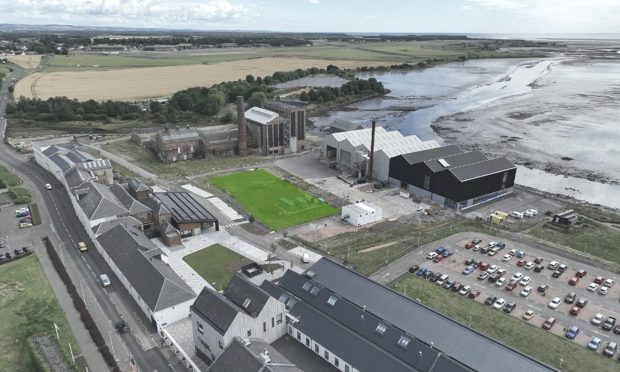
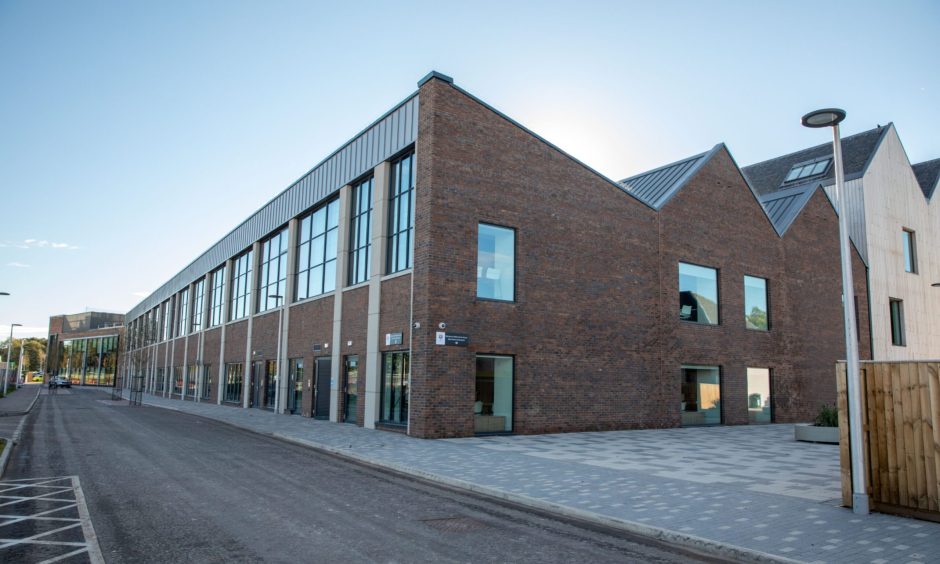
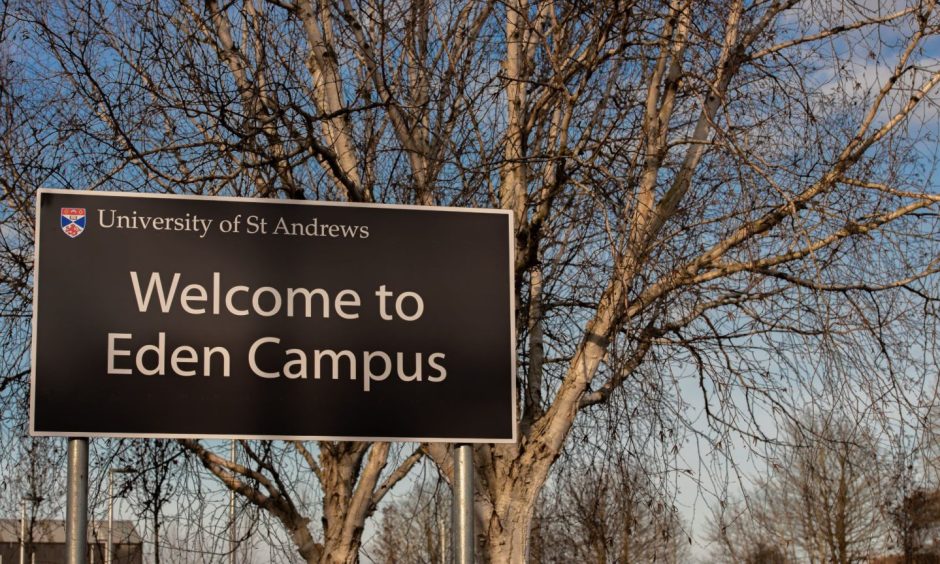

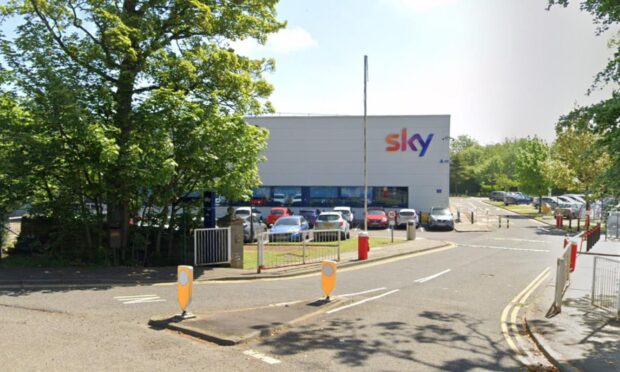
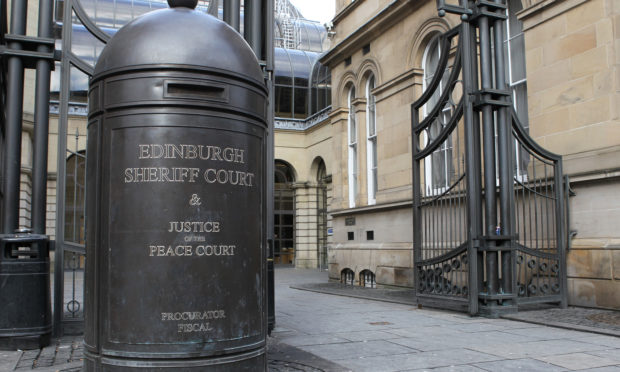
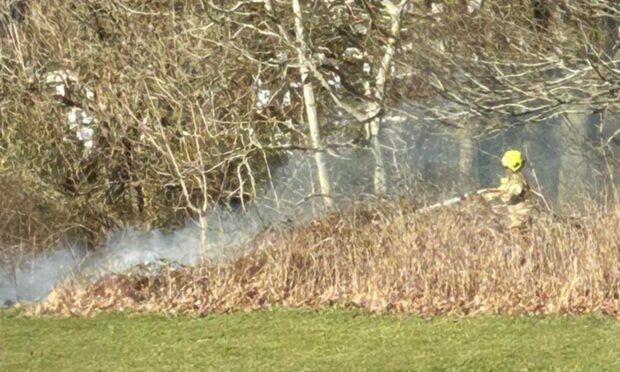
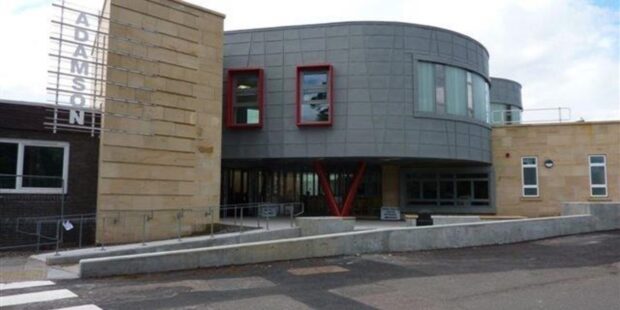
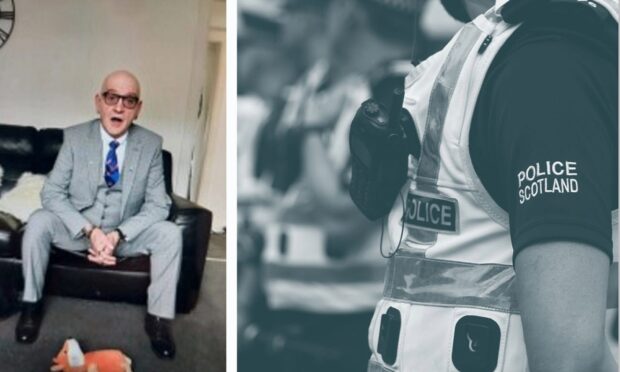
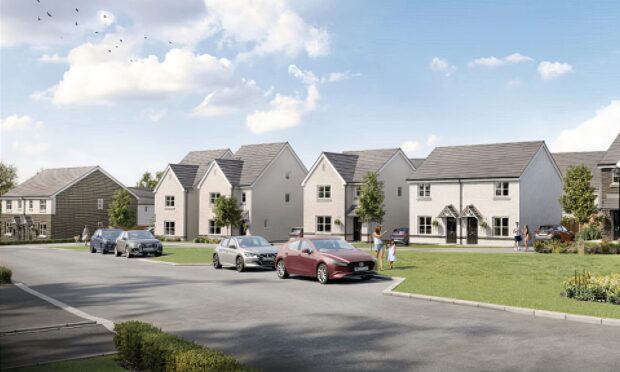
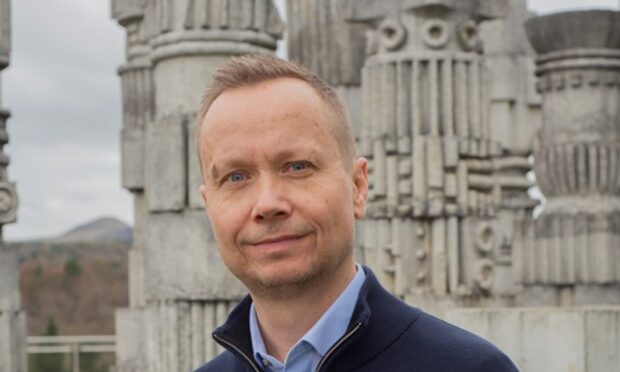


Conversation